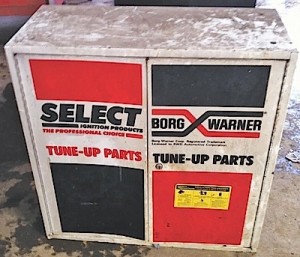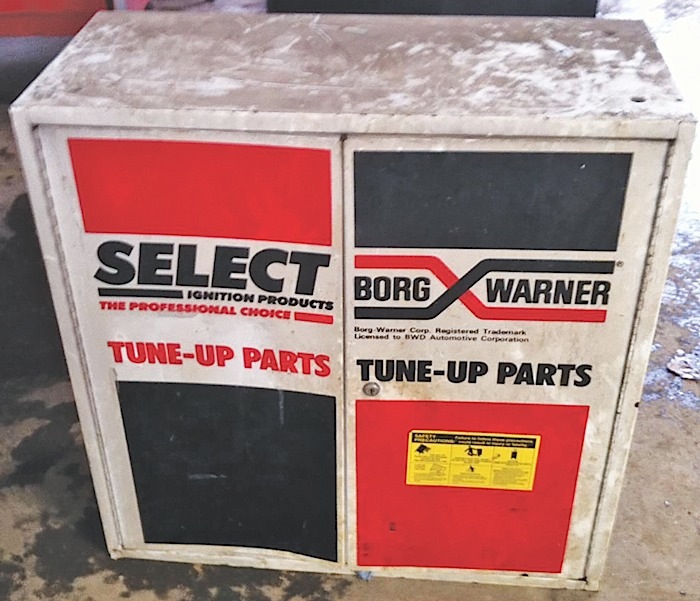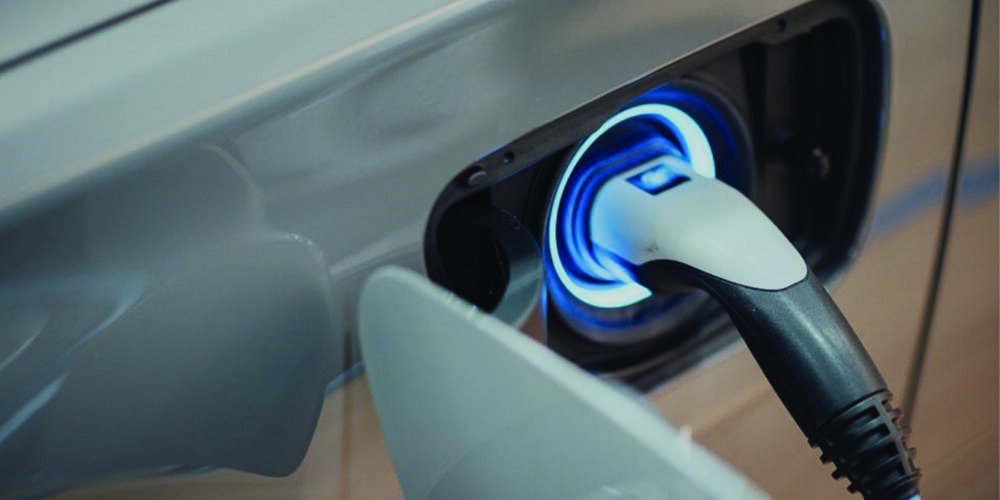 When I was a small child, I spent weekends at my grandfather’s Chevron station in Denver. I remember the row of brightly colored cabinets and special displays he had for parts. There were cabinets for light bulbs, brake pads, bearings and many more parts that I have since forgotten. Typically, these cabinets were given to shops if they bought the inventory of parts that went in them. All were color-coded to the brands they represented.
When I was a small child, I spent weekends at my grandfather’s Chevron station in Denver. I remember the row of brightly colored cabinets and special displays he had for parts. There were cabinets for light bulbs, brake pads, bearings and many more parts that I have since forgotten. Typically, these cabinets were given to shops if they bought the inventory of parts that went in them. All were color-coded to the brands they represented.
On Saturdays, some sales reps would come out and restock the cabinets and displays. In those days, cars and parts were simple. The same wheel bearing might fit a trailer or the front of a Chevy. Many of these cabinets could hold the parts that fit 95% of the cars on the road.
By the late 1970s, it was becoming apparent for some product categories that this business model was not going to work. It was not that the cars were getting better, it was the introduction of emission controls, electronic ignition and import vehicles into the market. The $3 point sets were being replaced with $20 HEI coils and magnetic pickups, and the cost of this inventory was something my grandfather did not want to front.
 Many of these empty cabinets were starting to collect in the back of the shop, and my father took a few home to my mother’s dismay. If only she had known about eBay back then!
Many of these empty cabinets were starting to collect in the back of the shop, and my father took a few home to my mother’s dismay. If only she had known about eBay back then!
Fast-forward 30 years, data and inventory management has become just as important to the aftermarket as those metal cabinets were. At the recent AAPEX trade show last month, many suppliers I met with were announcing that they were rolling out the usual new part numbers. But, what was foremost was the announcement that they were using their data and mashing it together with vehicle registration, mileage and other information to manage manufacturing and inventory at all levels.
While this is nothing new, what is truly different is how suppliers are mashing this data together with regional information to achieve the right mix of inventory for a regional market. Take a simple product like a belt tensioner. One database can say a company sells a tensioner part number 300 times a year. A vehicle registration database may show where the vehicles that use these tensioners are located. An electronic catalog may log the number of times that part number is looked up and the location of the lookup. That same electronic catalog may keep track of how many times a part is purchased or exported to a repair order. The shop management software could even put a mileage to when the belt tensioner is usually replaced. All of this data is shared with the parts manufacturer and distribution chain so they can look at the data to determine stocking levels.
Now, imagine that your parts supplier knows to keep only two of these tensioners in stock instead of 12? Can you imagine never having to wait for a part that has to be ordered or shipped from a distant warehouse for a 3 p.m. delivery?
The ultimate evolution of this data sharing and mashing, in my opinion, could be the return of the parts cabinets. Instead of having a standard inventory that is the same across the country, these cabinets will stock the right parts for your market and customers. Some shops may not like the idea of investing in inventory, but the opportunity of having the right part at the right time is difficult to ignore.














